This year, iOS 13 and the new macOS Catalina introduce a variety of new features and apps for users, few of which could be described as radically "revolutionary." Is Apple's innovation factory in trouble?
From Dark Mode to new gestures to better performance and battery life, iOS 13 is a long list of incremental enhancements for users and developers. Similarly, this year the Mac is "only" getting lots of internal changes and some cool new apps and features such as iPad Sidecar. How long can Apple continue to incrementally push its platforms ahead without the barn-burning excitement of a vastly new OS running on wildly novel hardware?
The opposite of what everyone thinks
With the clarity of hindsight, it appears that Apple can— and should— continue to do what it has been doing, far off into the next decades. Apple's regular, incremental updates across the last decade have firmly established the company in a leadership position in technology that its rivals can only manage to copy in broad, clumsy strokes.
Think about the most bombastic, radical hardware shifts Apple has introduced: iPhone, of course; the MacBook Air; iPad, and the radical rethinking of iPhone X a couple of years ago. Each of these were examples of huge steps involving ambitious leaps of new technology, not merely incremental updates. Yet other companies rapidly set out to copy these new products, and despite often taking quite a while, they eventually did manage to deliver marketable facsimiles.
Samsung quite famously generated extensive documents that detailed exactly how it should go about copying every last aspect of iPhone, and within a few years, it was producing a remarkably similar clone under its own Galaxy brand. Back in 2012, Intel similarly put massive efforts into herding its PC-maker cats around the goal of building Ultrabooks, its euphemism for cloning Apple's MacBook Air. This also took some time, but now all PC laptops look vertically identical to an Apple notebook.
Microsoft Surface, along with Android makers around the world, copied every last aspect of iPad over the last few years, and iPhone X was similarly flattered with waves of Notch-phone imitation that desperately tried to look like an "X" as cheaply as possible. Google even rushed out a clone of the new iPhone X gestures, hoping to ultrabook the next Androids as rapidly as possible.
Yet none of these efforts have duplicated Apple's success, nor have any make any substantial dent in the commercial success Apple has been achieving. This wasn't simply because Apple moved on to rush out another new revolutionary form factor, as many pundits seem to think.
Instead, the real foundation of Apple's ongoing success isn't based on hurling out radical new hardware "innovations," but rather largely rests upon its relentless pace in constantly improving upon its products with incremental software updates. That's something Apple's rivals are not capable of delivering— and is something they don't even appear to be trying to copy.
Journalist junkies for high tech
Apple is incessantly and roundly criticized for not showing off enough wildly new "innovation" at many of its product launch events. Last month when it demonstrated new iPhone 11 models with advanced silicon and sophisticated cameras, there was a collective sigh that the new models weren't entertaining enough, and weren't accompanied by any of the concepts that various people predicted might appear. The new Series 5 Apple Watch introduced a new always-on, low refresh display with the same battery consumption, which many tech observers similarly remarked wasn't enough to get people who'd just bought a Series 4 to immediately upgrade, as if that were necessary, desirable, or even sustainable.
In marked contrast, last year when Microsoft trotted out an array of Surface-branded PCs that detached and folded over and pivoted flat into a huge drawing pad next to a wildly new scroll-wheel device, tech columnists climbed up on their chairs and applauded until their fingers bled, then washed it all away with choked-up tears of excitement. The only thing interrupting their prostrating worship of the clever innovations occurring at Microsoft was a demanding insistence to know why the hell Apple wasn't also entertaining them with a circus act of radical new hardware concepts capable of shooting up a technological rush into their veins.
Yet across the last year, Apple's "boring" MacBooks that are merely light and thin and powerful helped to drive throngs of buyers into its retail stores, generating tens of billions in revenues at healthy profits. One could say the same about Series 4 Watches and iPhone XR — but one couldn't say that about any of Microsoft's Surface products.
I've never passed by a Microsoft store with more customers than employees, even despite many hosting a free video game kiosk and plenty of uniformed helpers to chat with. Microsoft's financials are pretty clear on the fact that Surface is barely selling about as many units as it has been since it started in 2012. That can't possibly be enough to pay for the work Microsoft is doing to support Surface and the retail outlets that are trying to sell them.
And yet, here we are a year later and Microsoft is showing off another batch of mostly vanity SKUs it can't possibly expect to sell in any quantity, along with the most blatantly proud vaporware product the computing industry has seen since Osborne. Among the cheers were the idea that Microsoft was finally delivering the folding-tablet "Courier," which itself was a phony picture of a product that never got close to shipping, and existed only to suggest that Microsoft wasn't woefully behind Apple in being able to deliver a tablet somebody might want to buy. Courier was exciting because it was disconnected from reality. It didn't have to "work," because its job was just to deflect from what Apple was actually delivering.
Real innovation isn't just mocking up some radical new concept that couldn't exist at a price anyone could afford. It's putting in the work to implement a workable, well-crafted product at a price buyers are willing to pay for. Pundits have been angry about Apple's pricing (recall the umbrage at $999 iPhone X) and insistent that its products are only safely incremental, while they also cheer on absurdly priced prototype concept pieces that don't work at all, and don't even make sense as consumer products.
In fact, beyond Surface, the only thing to get more reverent adulation from tech media this year was Samsung/Huawei's $2000+ fold phone prototypes that didn't work in the real world at all. It's getting hard to take pundits seriously when they are so overtly out of touch with the reality of the market and what consumers want to buy.
This isn't a story of 2019, it's the recurring history of every year of the last two decades. It's exhausting and embarrassing to watch. And really, it's mostly because these pundits lack any industry experience outside of breathlessly expressing their opinions about the products they are sent to review.
Apple isn't selling waves of units. It's expanding an ocean of installed base
The nutty idea that Apple is continually failing to deliver new products "exciting enough to get last year's buyers to upgrade" is rooted in the fallacy that Apple is trying to sell its existing users regular new waves of products, in a units race with everyone else, expressly to achieve "market share." Every bit of that is wrong.
Really, what makes Apple so different from virtually all of its peers is that it's not seeking to destroy its previous products from last year with new must-have replacements. Google most certainly is; every Pixel makes the last look like rubbish. Surface does this as well. Androids in general struggle to be worthy of updates after just several months. You're supposed to buy a new one!
Instead, Apple is differentiated in its ability to keep several years of its products relevant with regular OS updates that breathe new life into users' existing hardware. This goal is entirely opposed to the idea of just selling tons of units.
Dial back the clock to the '90s, and Apple had the same problem that today's tech rivals have. It sold Macs that made last year's model look obsolete. It desperately tried to dump out as many Performas as possible, without regard for whether consumers buying one would be happy about what they got. But that has changed 180 degrees at today's Apple.
A cynic might say that supporting an installed base is bad business. There's even a meme that suggests Apple sends out some sort of time bomb to make its slightly older products slow and problematic enough to induce new sales. This year, the joke was that Tim Cook was set to issue a decree to hobble iPhone 7. The idea is funny and rooted in the truth that phones a few years old are indeed aging and their batteries are wearing out and they're not as fast as the newest models are running new features.
Yet what Apple really knows is that users on an iPhone 7 are still quite capable of subscribing to Apple Music, buying new Apps, paying for iCloud, and perhaps signing up for new services such as Apple TV+ and Arcade. Together, that Services revenue from an older iPhone is worth more than the profits derived from badgering users to buy a new device they don't need. There are people who do buy a new iPhone every year. Apple doesn't have to convince these people too hard. But those people are not broadly representative of most of Apple's customers.
Not everyone can afford to buy a brand new iPhone. Yet those that can't certainly can take possession of a used iPhone from a few years ago and begin contributing to the iOS ecosystem. With nearly 1.5 billion devices now in active use, Apple is quite clear on the idea that the larger its installed base is, the more commercial activity it will generate, both for Apple and developers invested in Apple platforms. And someday, those users will update and are vastly more likely to get a newer iPhone than leave the ecosystem to try out an Android that will be unsupported almost as soon as its paid for.
Little value in an installed base for maximum unit sellers
The same is not true for Samsung, because it wasn't able to successfully launch its music service; sales of Android apps largely benefit other companies, and Samsung isn't creating any original content or even hosting any significant business in cloud services. Samsung, unlike Apple, sells around 300 million phone sets per year at a very low average price under $300. Samsung is very much trying to move waves of units. It has to because a Samsung phone quickly loses value for both its owner and for Samsung. There is no real ecosystem benefit for Samsung. Users hanging on to an old Samsung are not very valuable to the company.
Outside of Samsung, the major platforms of Microsoft and Google generate less revenue than iOS does for Apple. Sure they might make more if they can attract more users, but most of the users Windows and Android are attracting are low-end buyers who don't contribute much to an ecosystem. Apple's iOS, iPadOS, macOS, watchOS and tvOS are all contributing much more than the users of Android, or Fire, or Windows, or Fitbit, or Roku. And Apple's platforms are not disparate companies, they are all connected via Continuity and share capabilities from Arcade to Apple Music to iCloud and the App Store.
This vast difference in how Apple manages its platform— versus the unit driven sales of other makers and the disposable nature of other platform vendors— makes Apple's business wholly unique within the tech industry. It also underlines why Apple maintains an attainable pace of new annual updates. At the same time, Apple's pace is ambitious and relentless in making incremental advancements that can be built upon further in the next year's cycle.
This is very evident in the progress of macOS Catalina over the last year of betas. From our first overview of the initial Public Beta, Apple's Mac team has been working to flesh out features, kill bugs and roll out the bones of core new system features that will keep expanding into the future. We will be taking a closer look at these new features, technologies, and initiatives shortly, examining how reliable Catalina is right out of the gate.
Whether you are an early adopter willing to put up with growing pains, or a pro user with needs for stability that require you to wait for the refinement of a few more point releases, you can bank on the fact that Apple's incremental updates are the best possible way to solidly push tech ahead in a way that benefits a broad range of users. Apple delivers more than splash and dazzle that entertains the media but then never gets supported or is summarily abandoned once the spotlights are turned off.
 Daniel Eran Dilger
Daniel Eran Dilger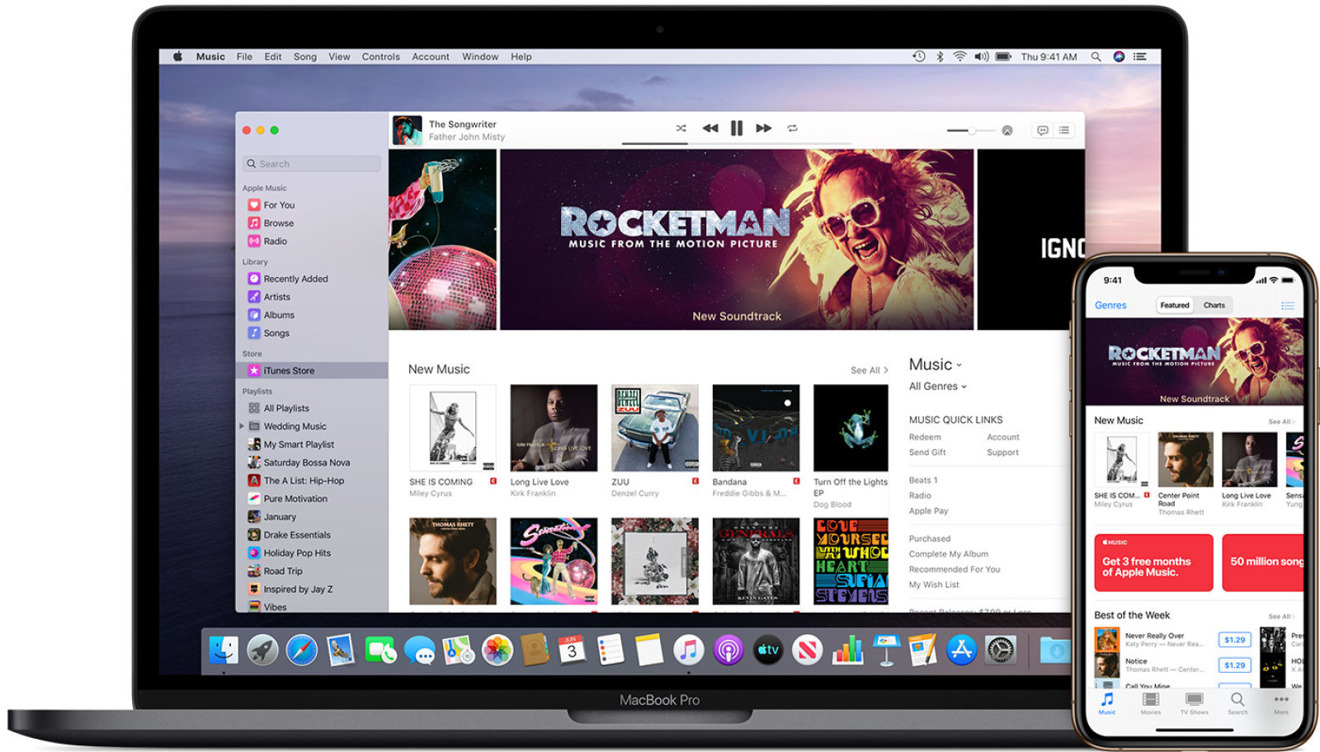
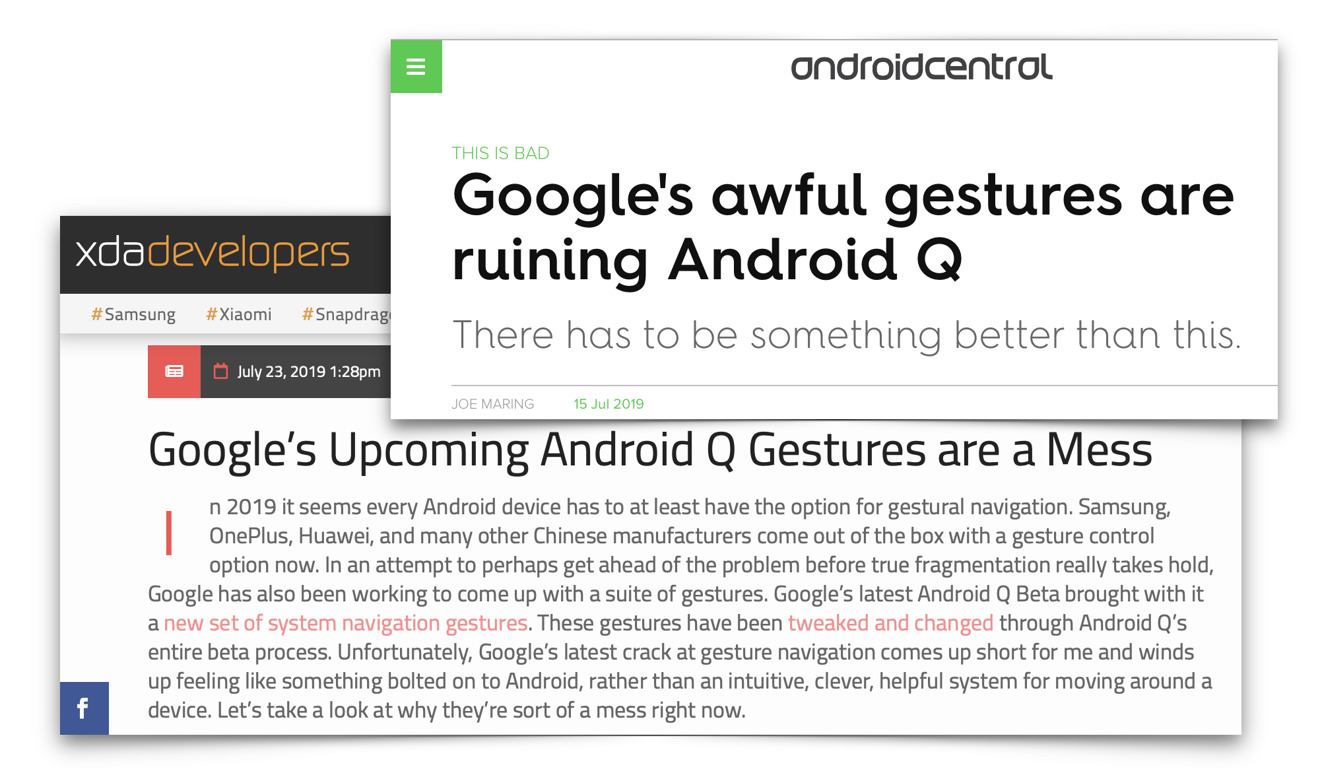
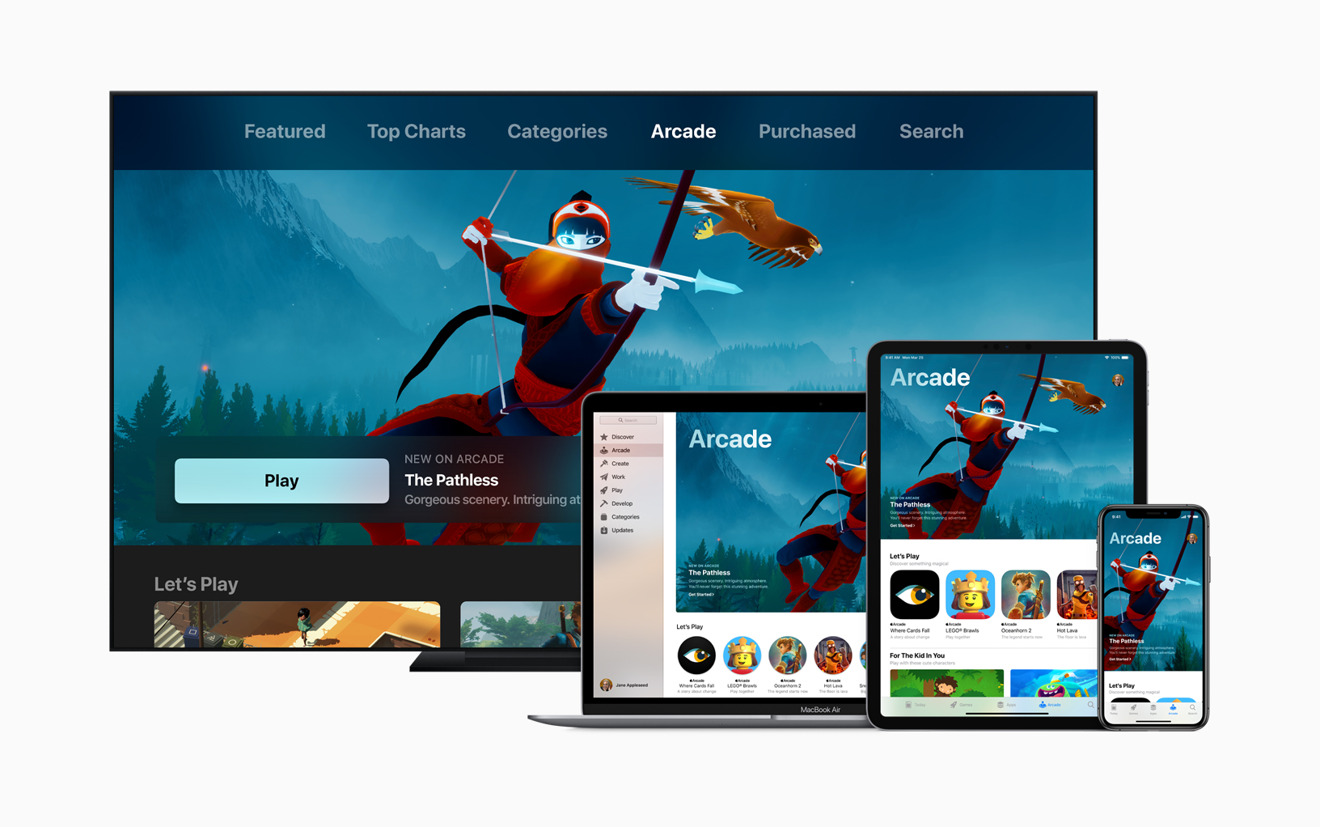
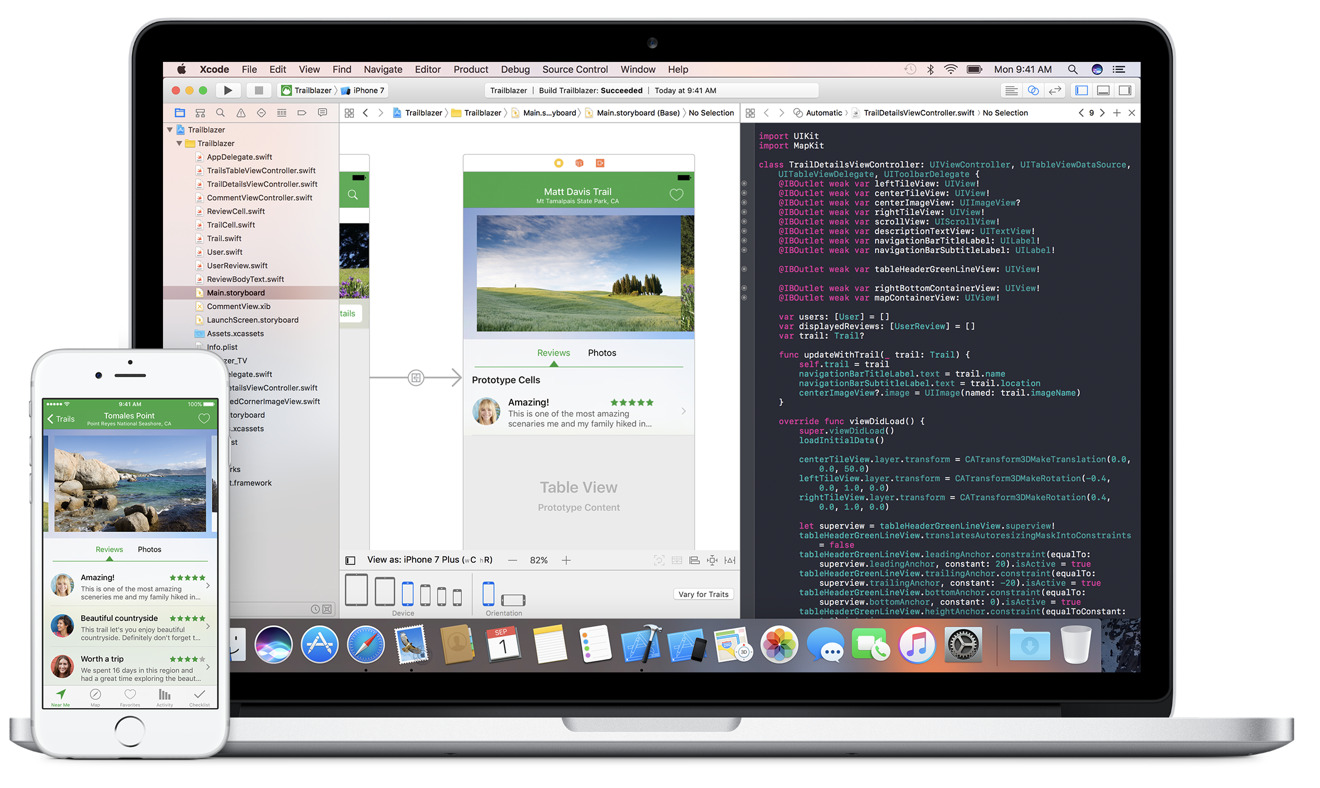







-m.jpg)






 Charles Martin
Charles Martin
 Christine McKee
Christine McKee
 Wesley Hilliard
Wesley Hilliard
 Malcolm Owen
Malcolm Owen
 Andrew Orr
Andrew Orr
 William Gallagher
William Gallagher
 Sponsored Content
Sponsored Content


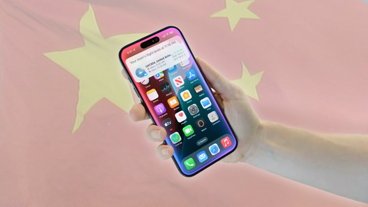





51 Comments
stupid clickbait title. I already knew the answer considering the author.
It breaks Aperture and that's enough to keep me on Mojave for the foreseeable future.
I don’t care about “revolutionary” at EVERY damned version. No one should. It usually results in changes for the sake of changes.
Once a product is mature, it shouldn’t change much. I don’t care about new features anywhere near as much as I care about performance, reliability, and bug fixes. Optimize and stabilize; new features be damned.
I agree ☝️, great article!